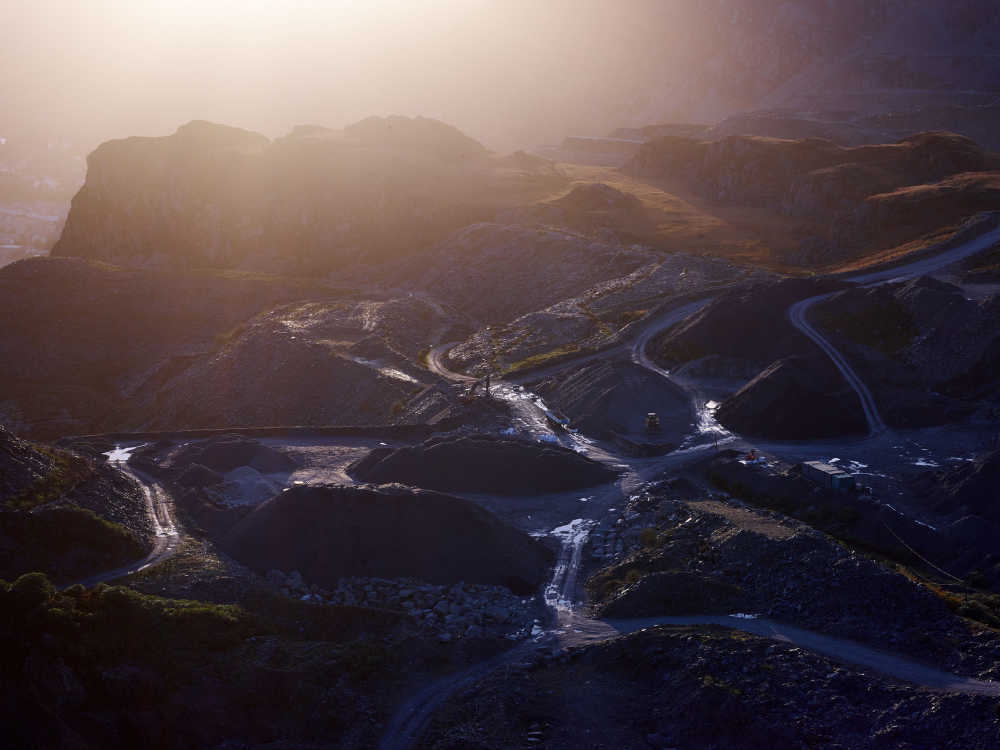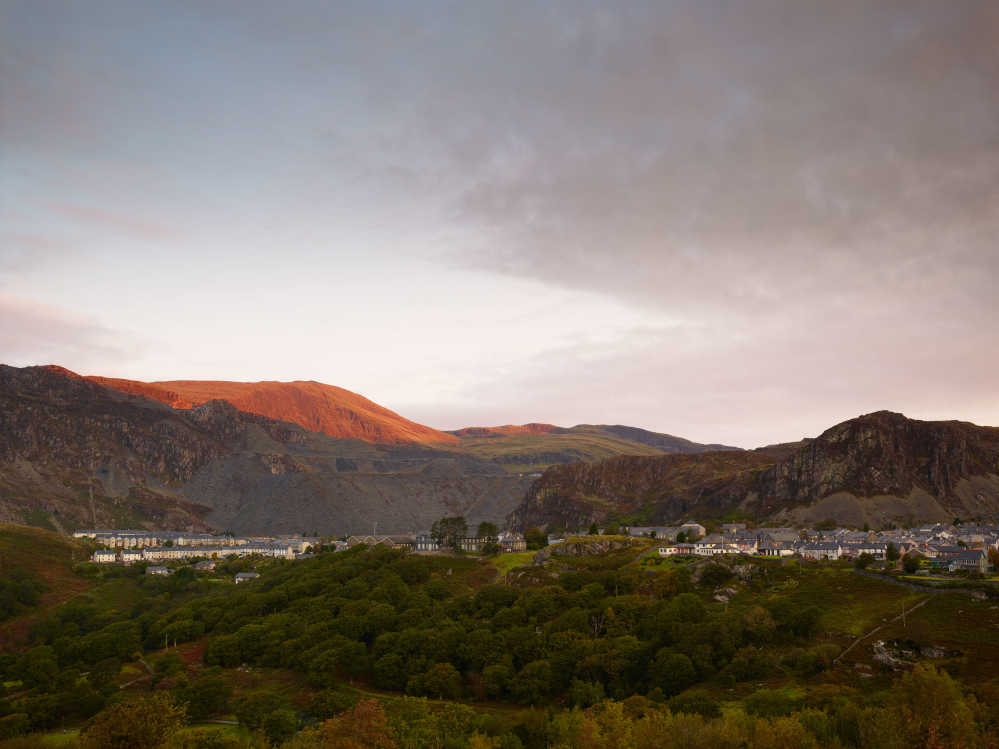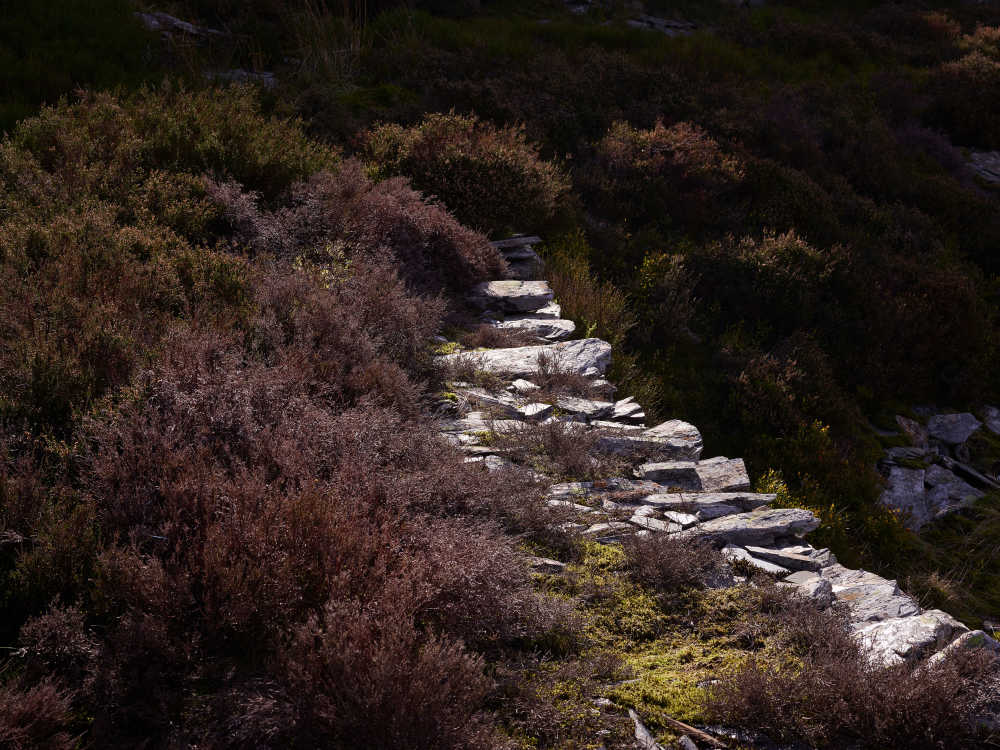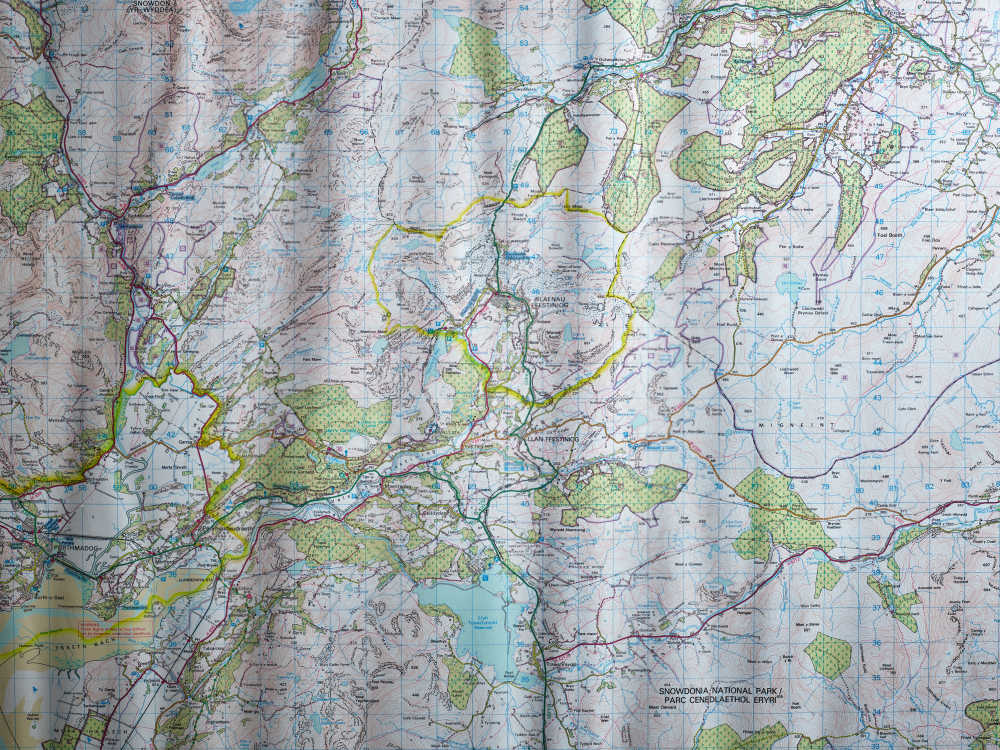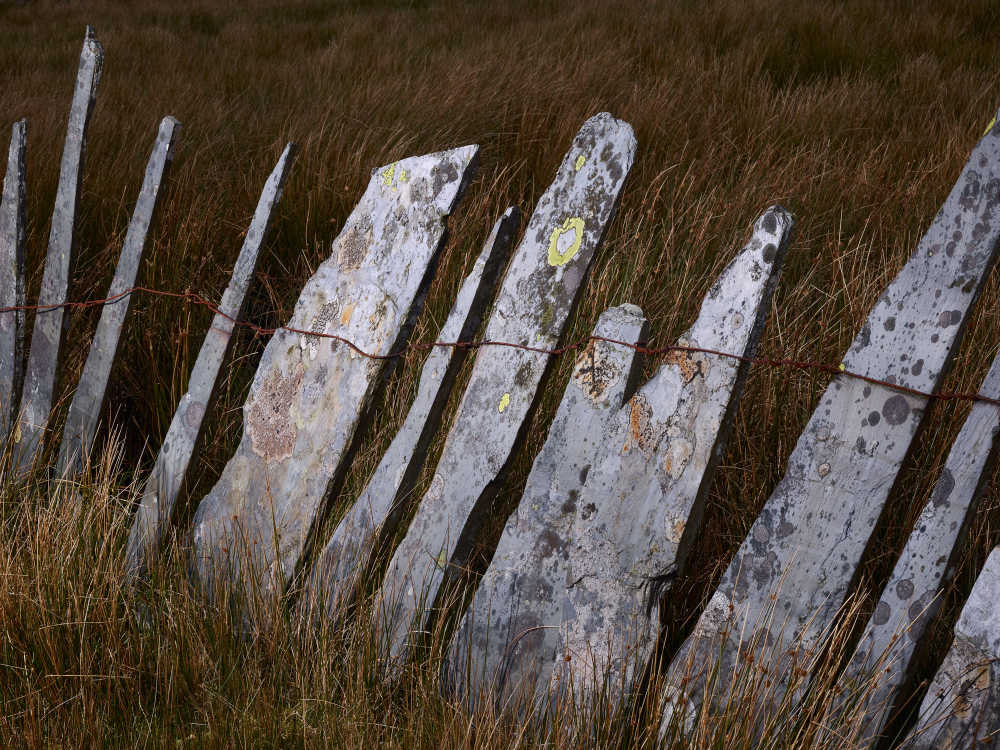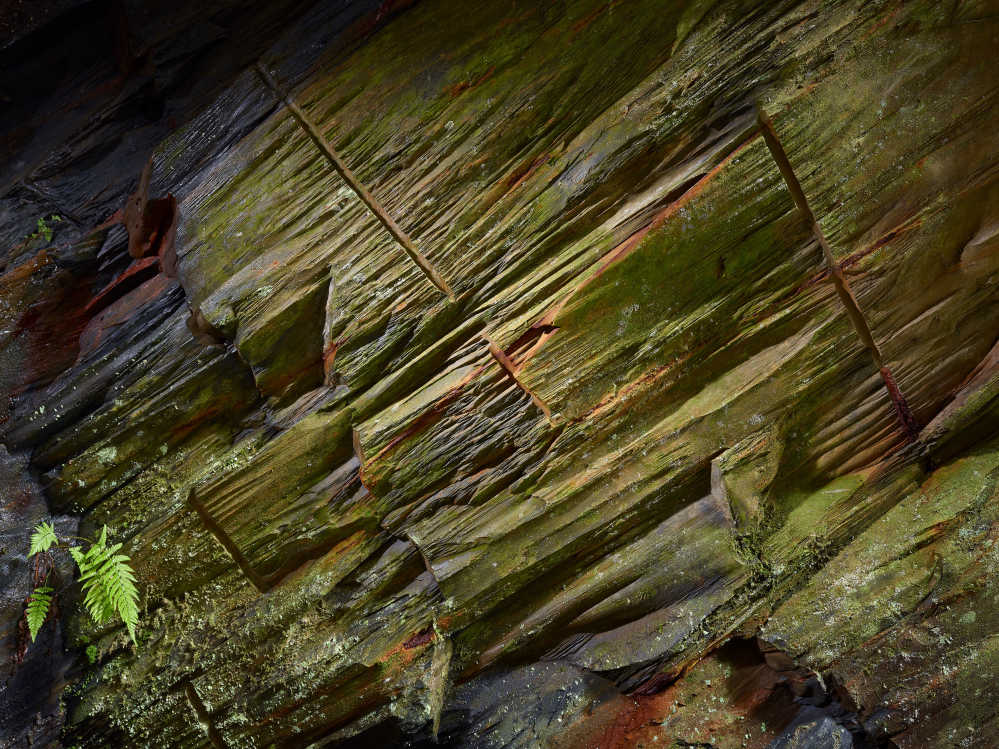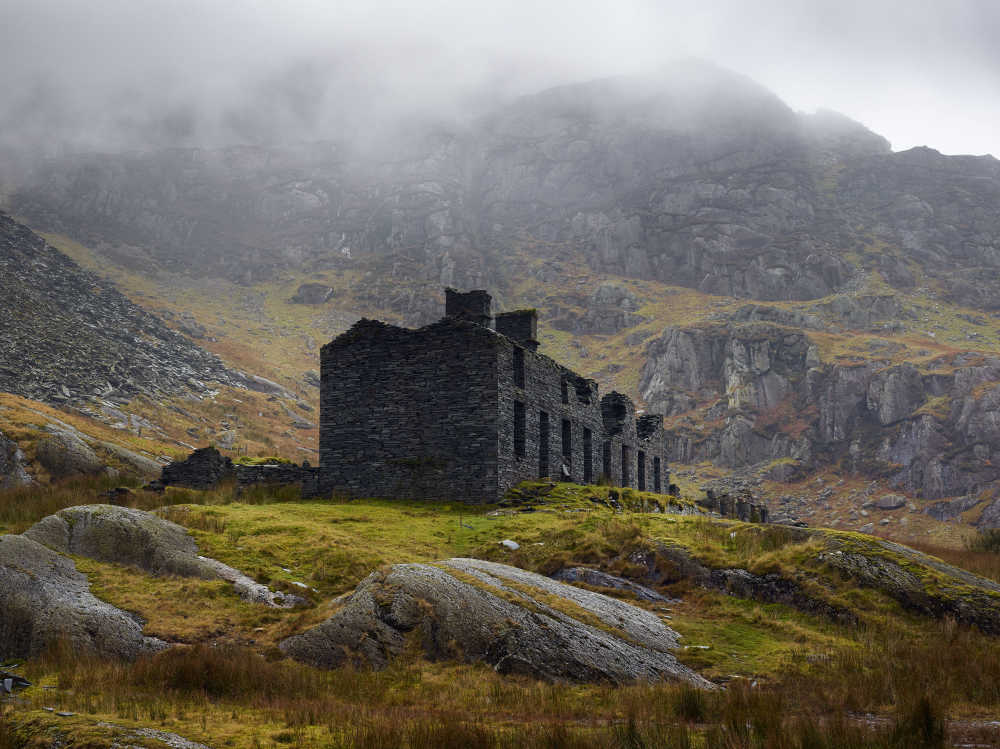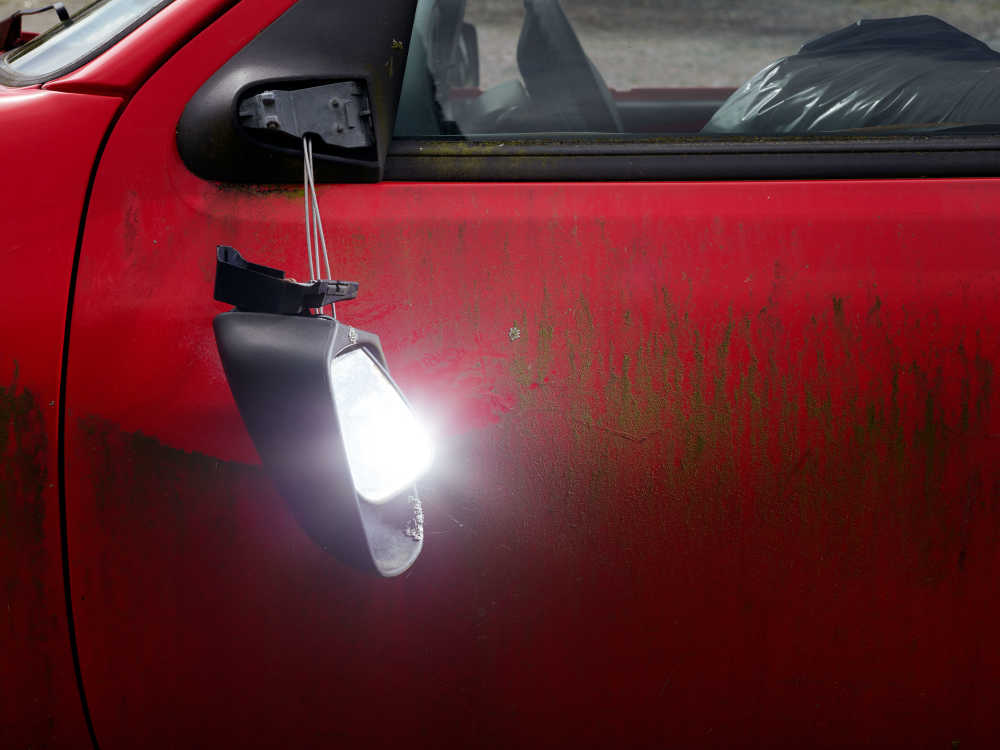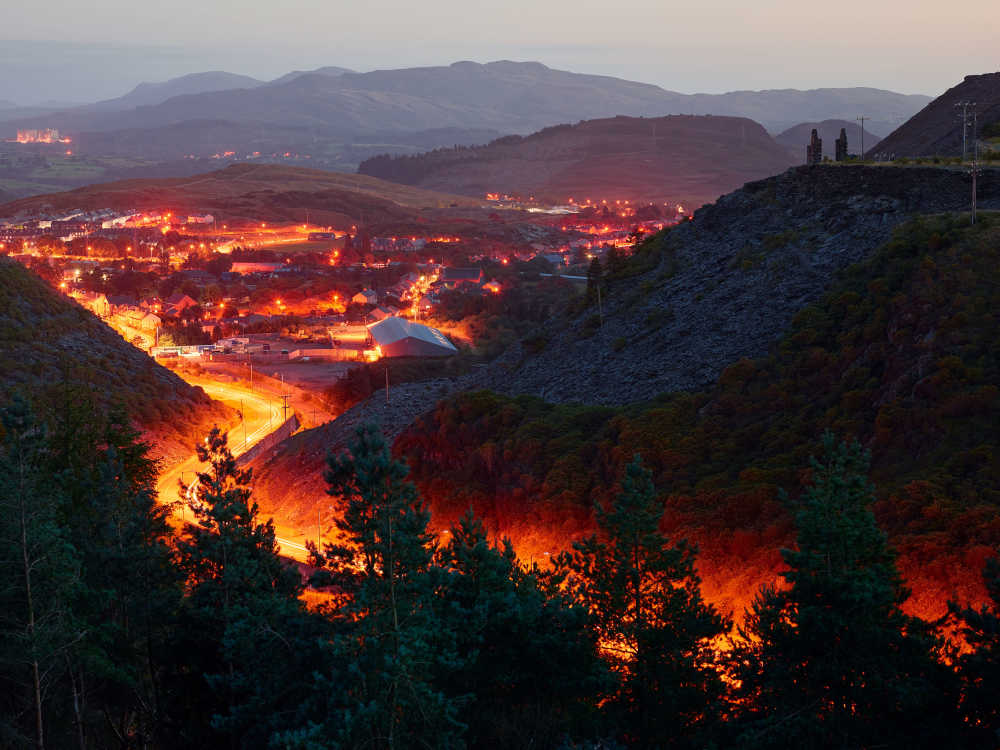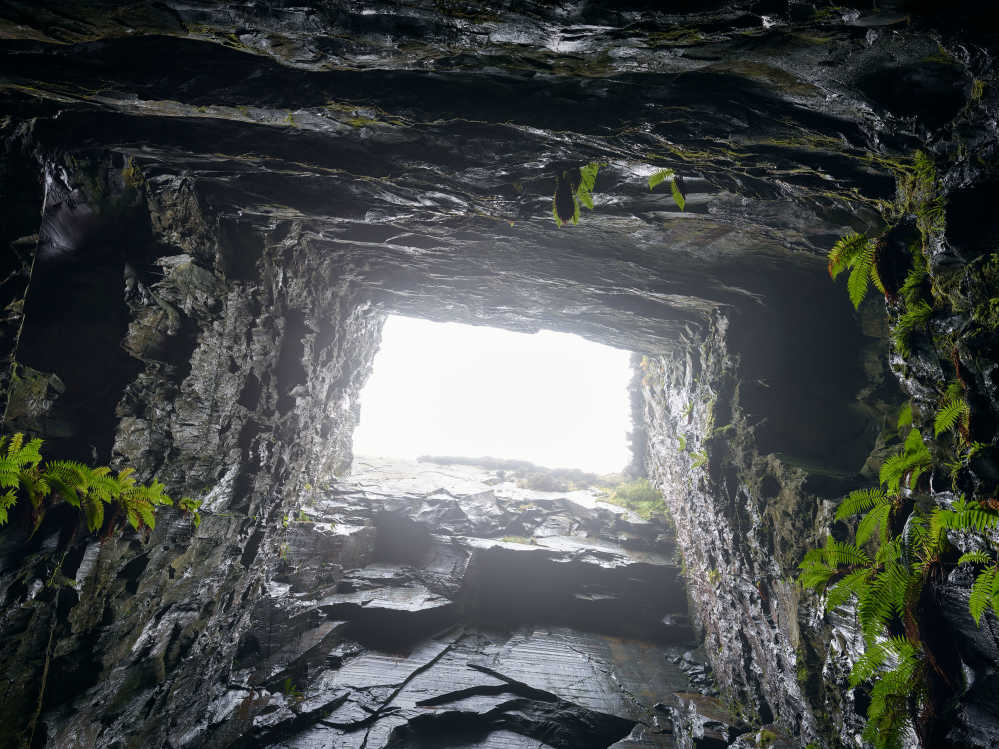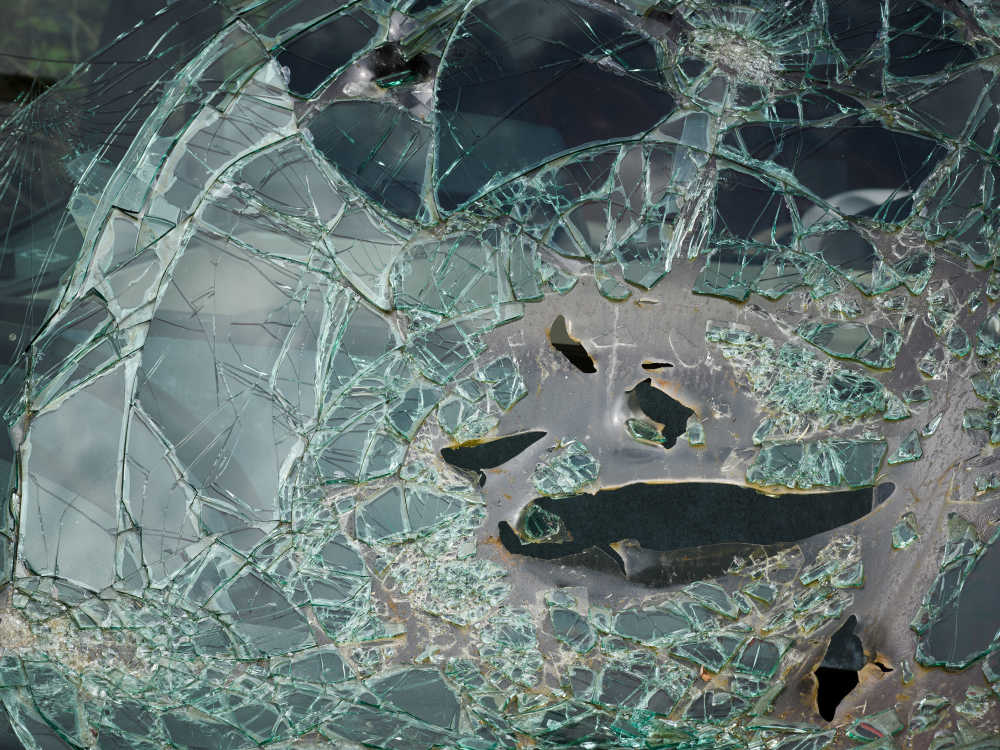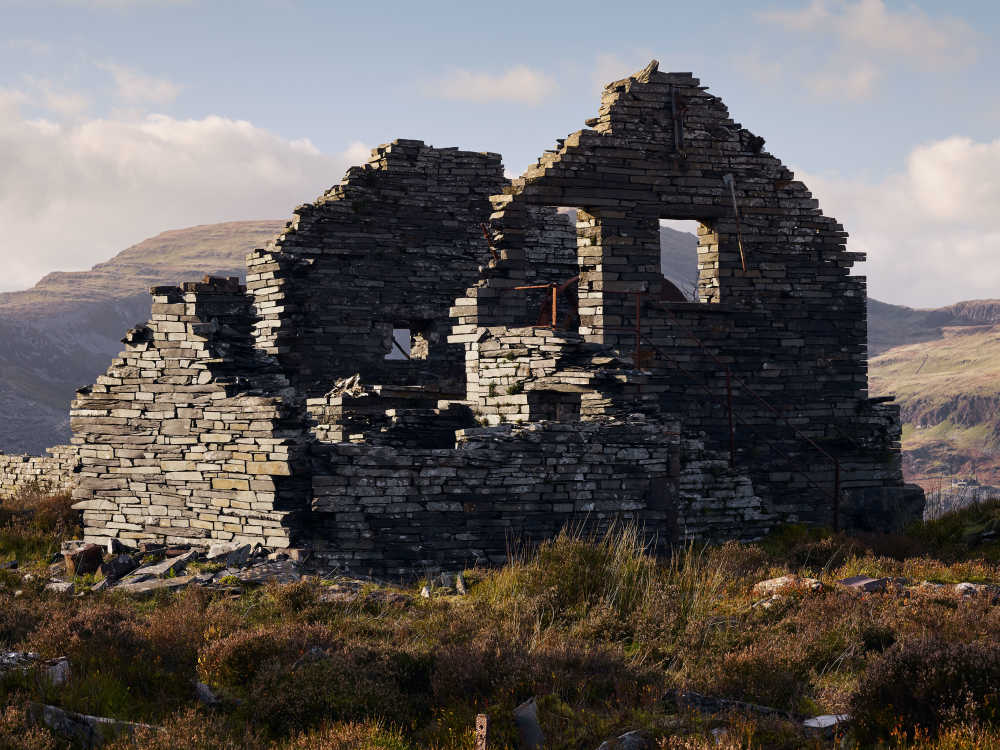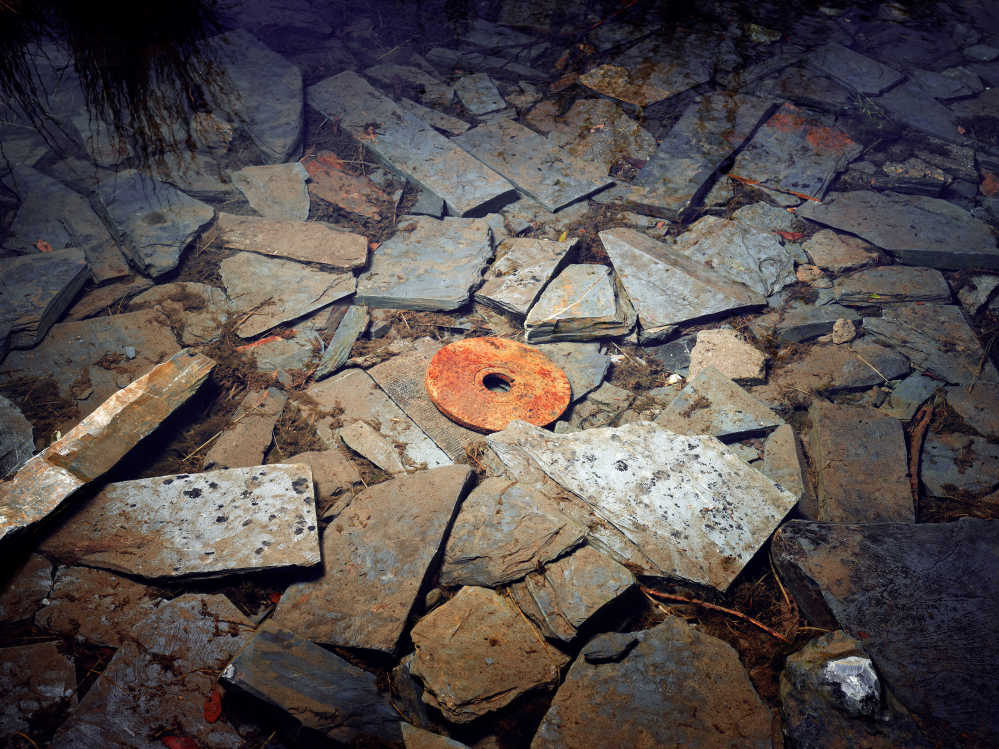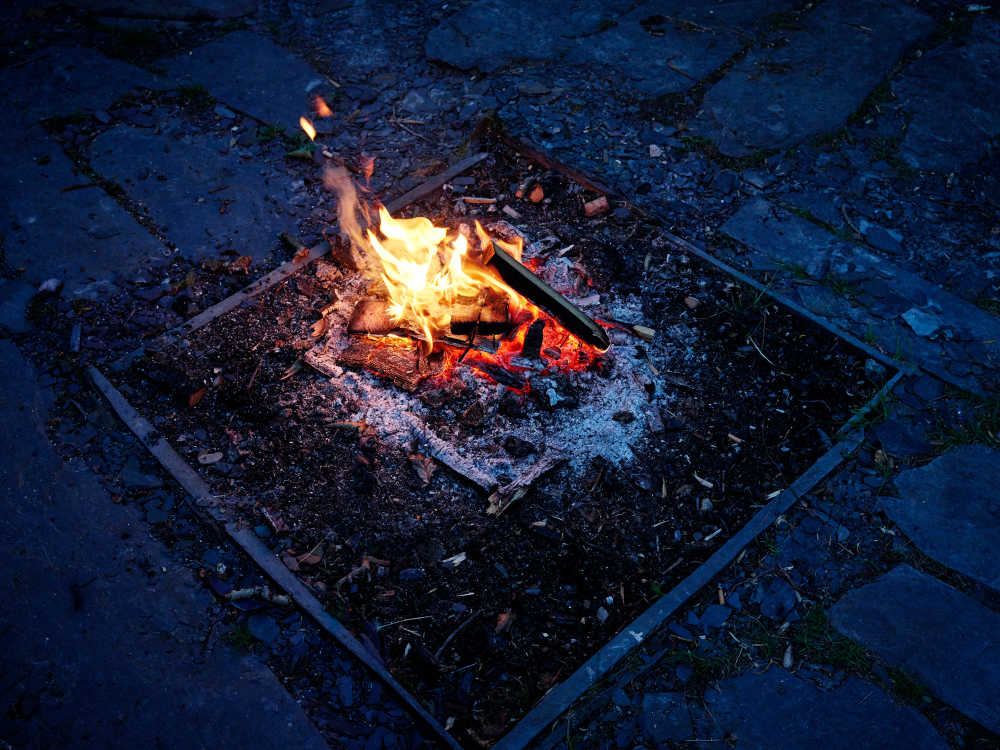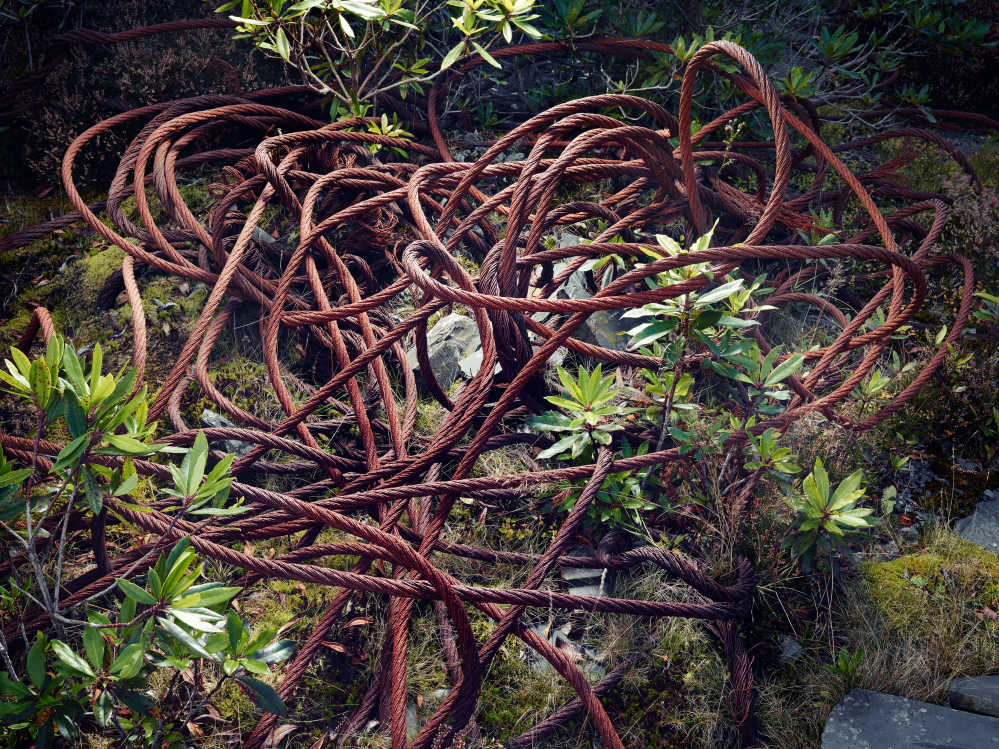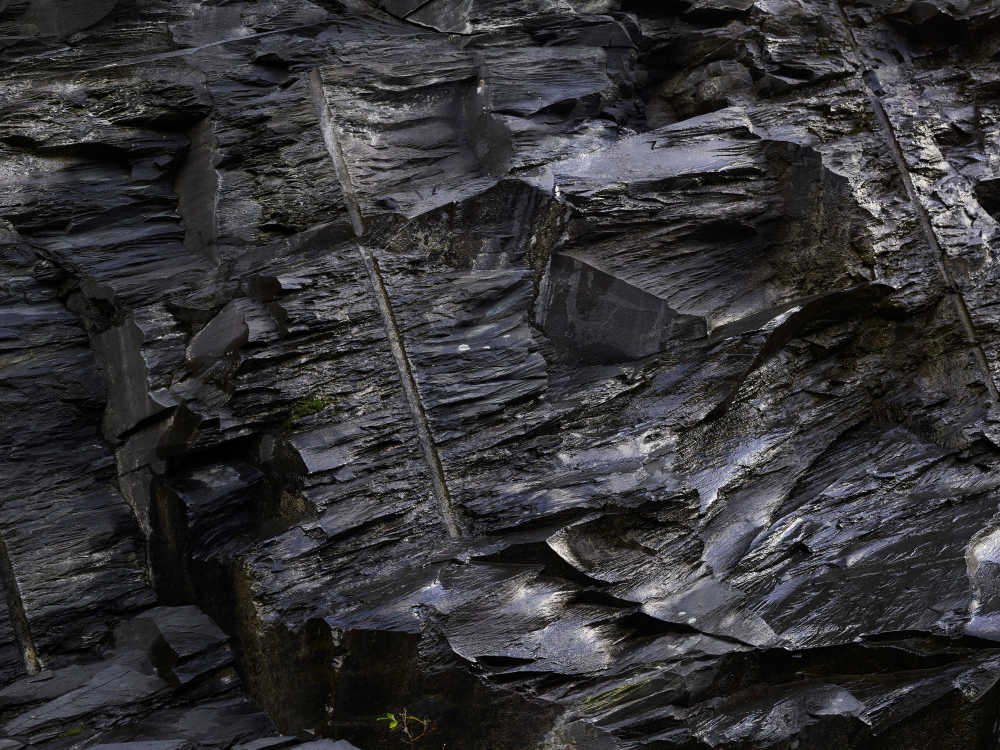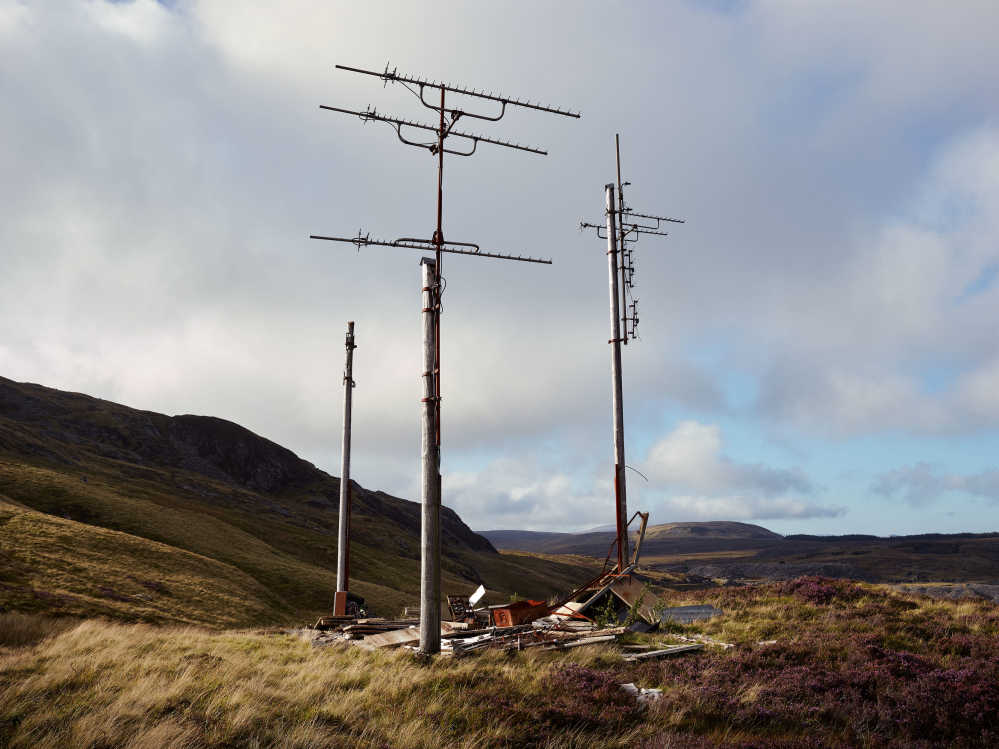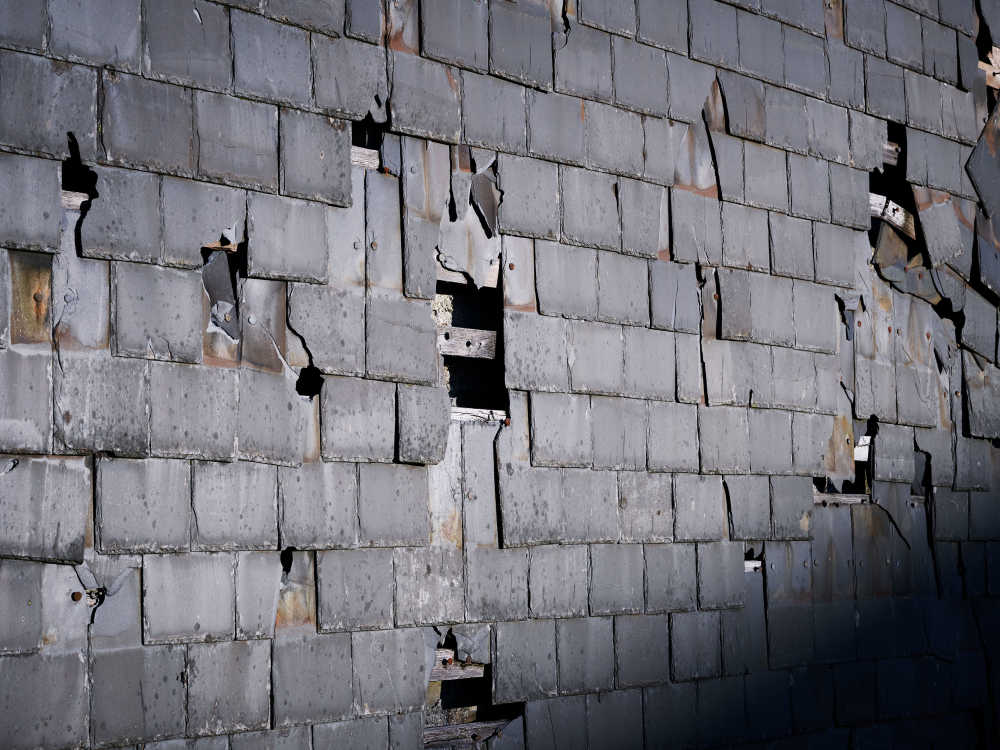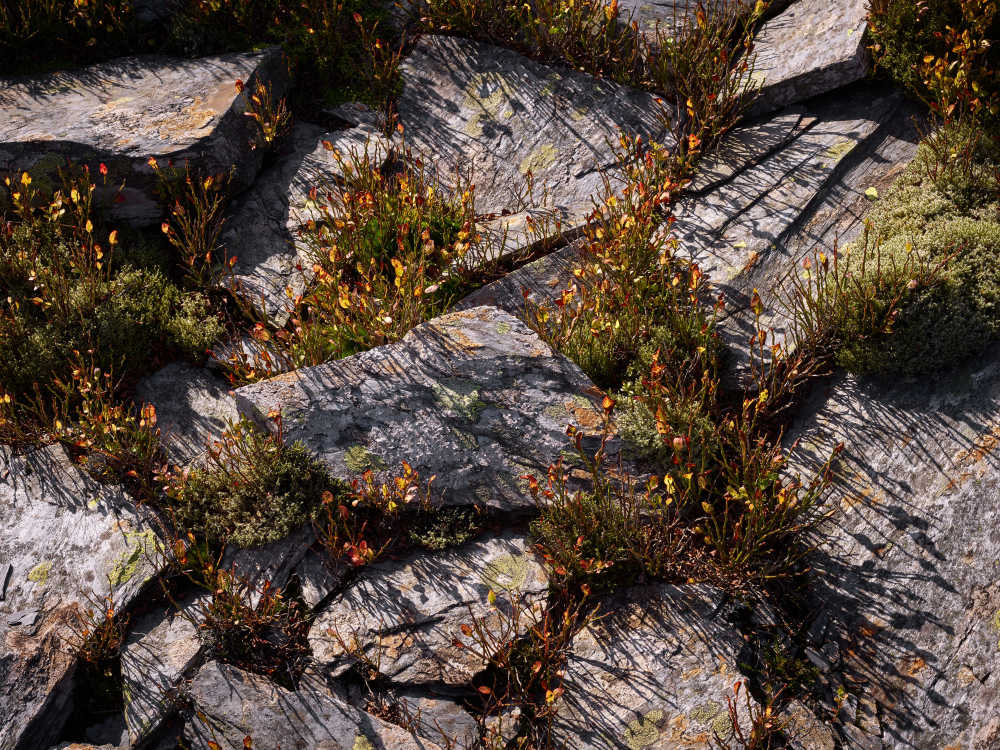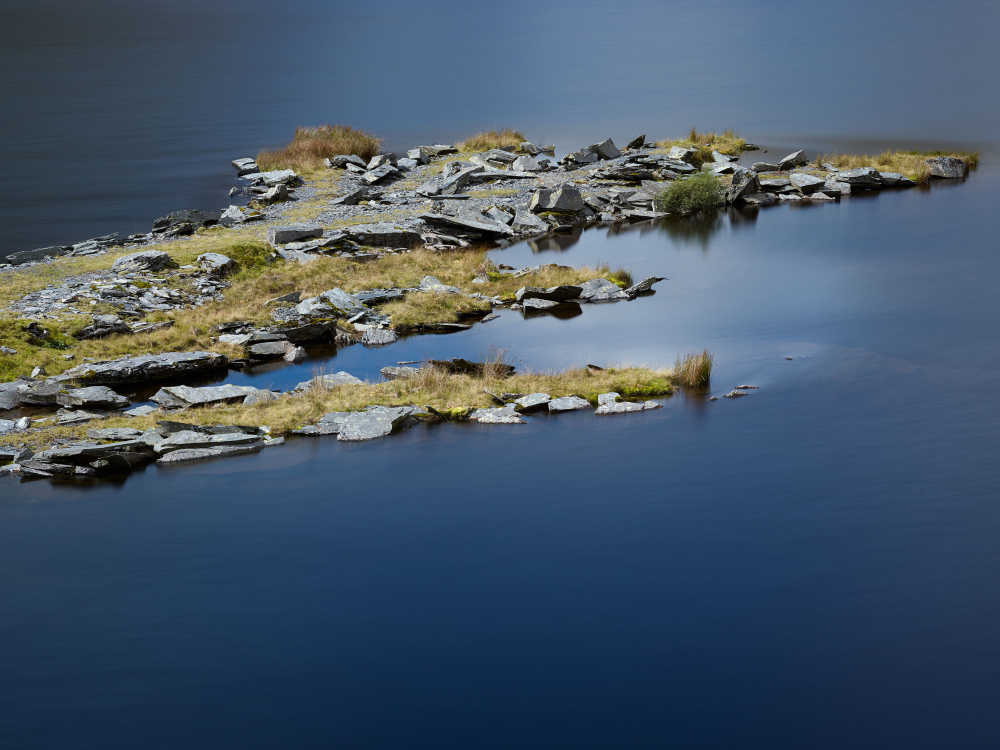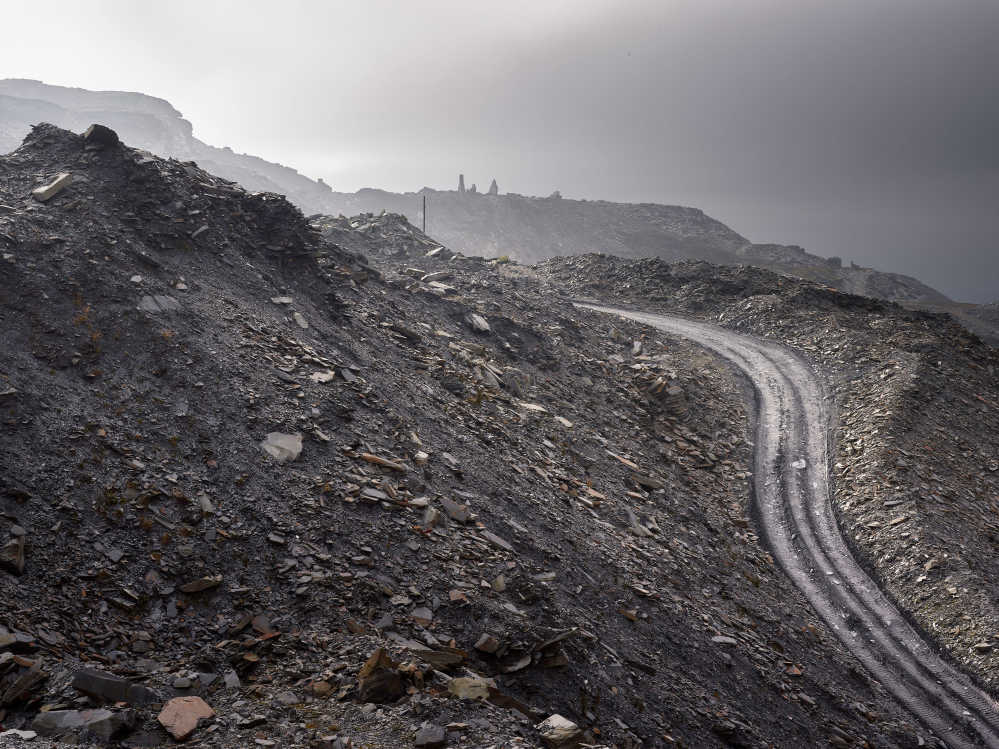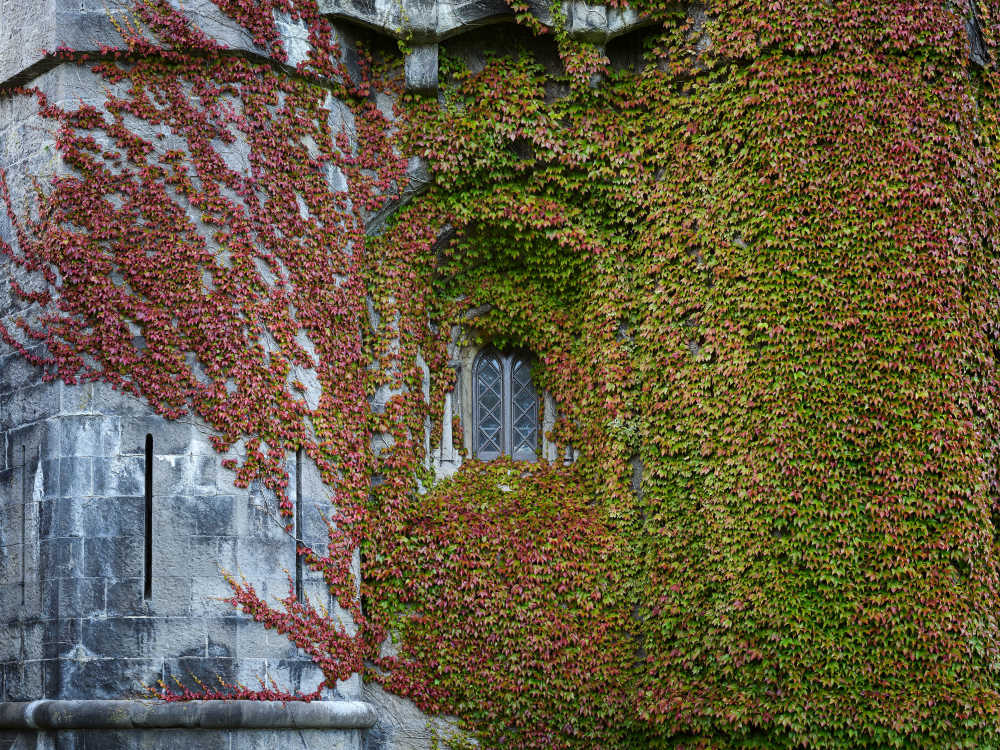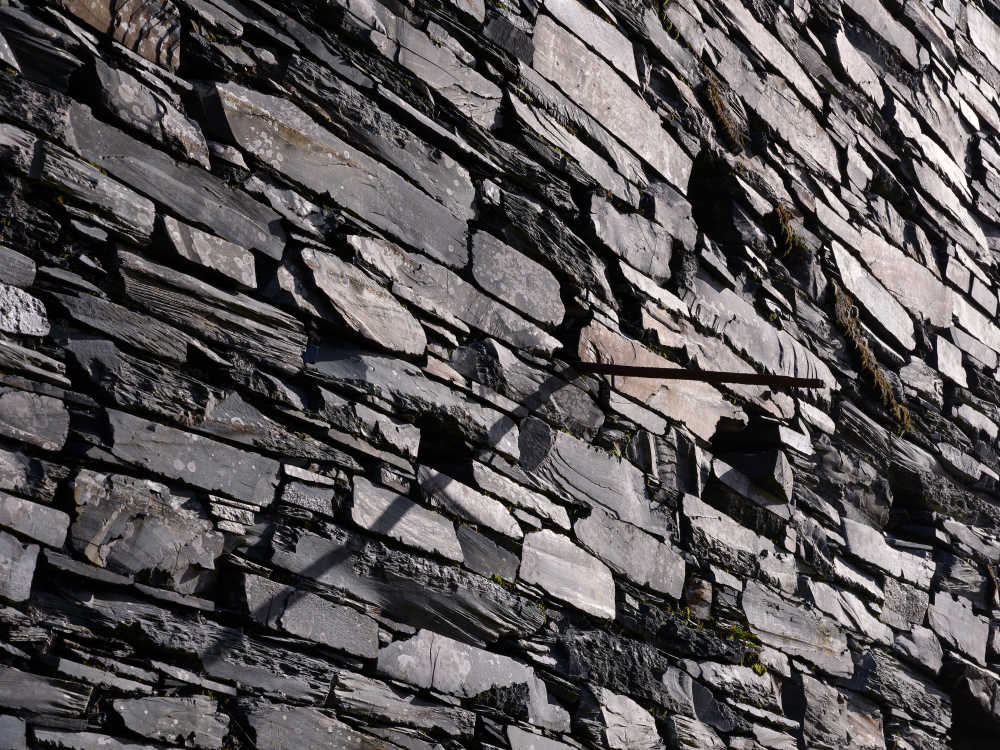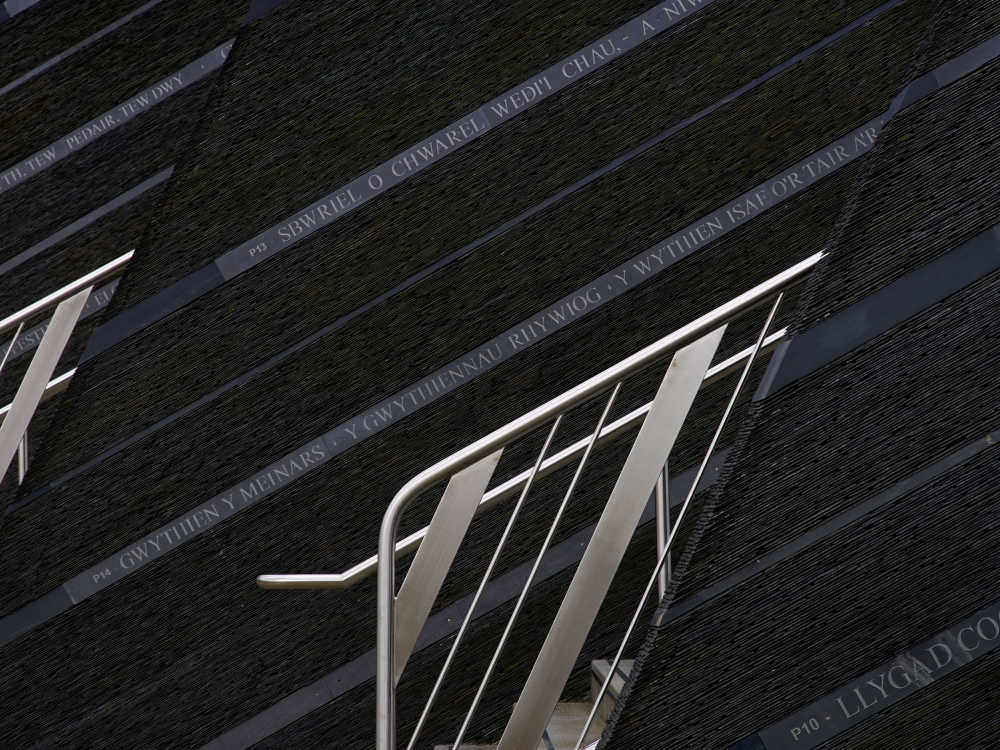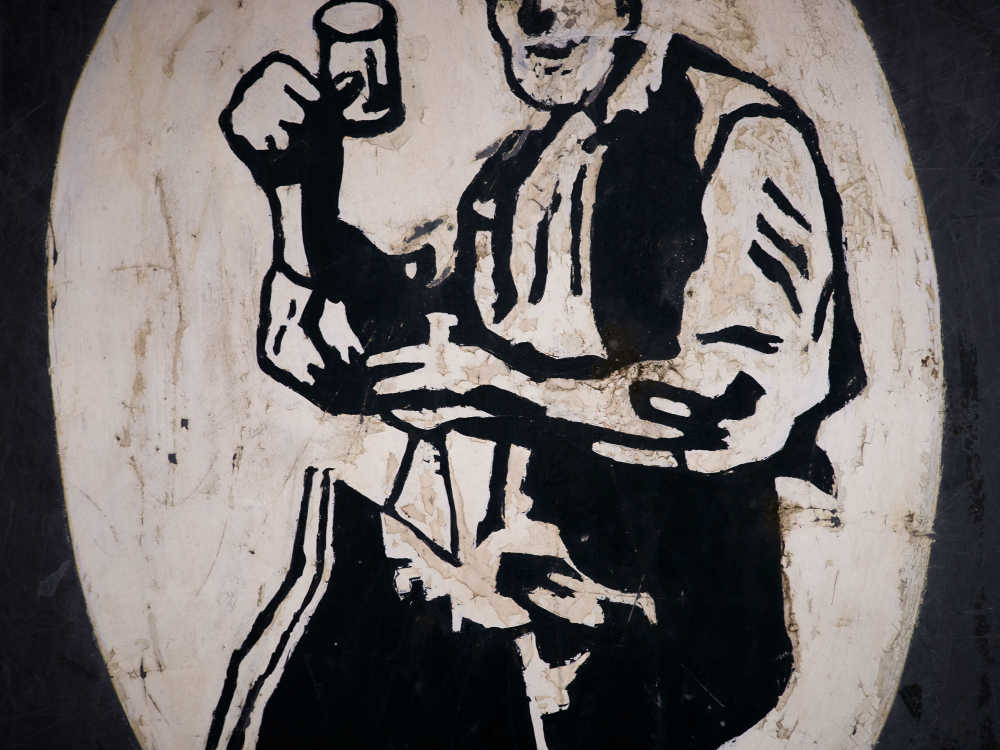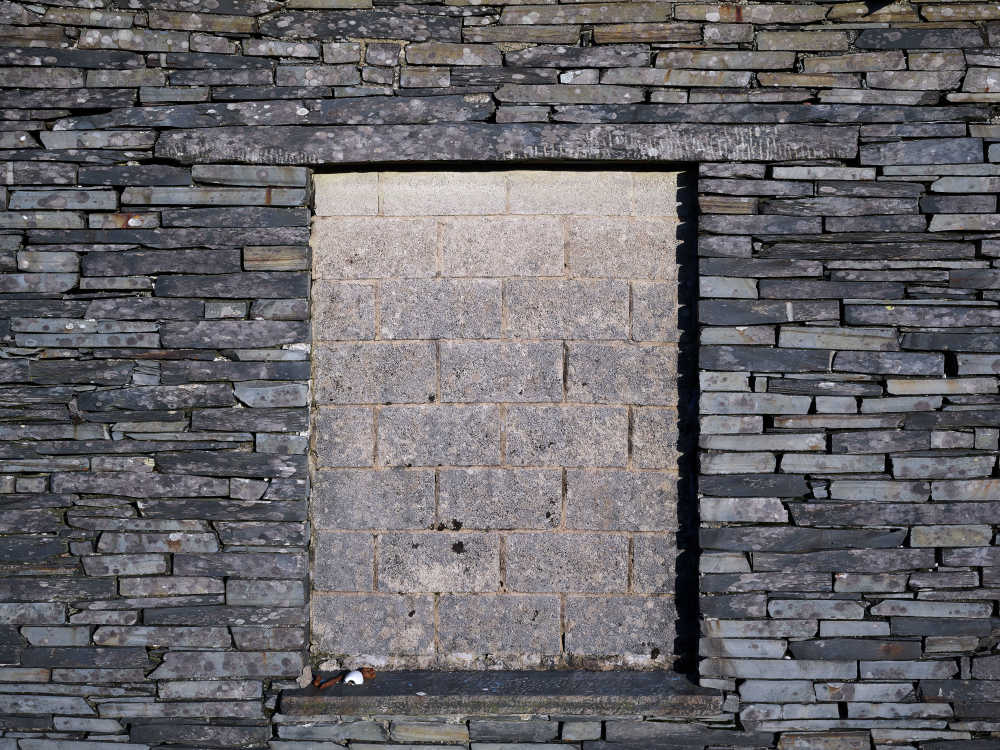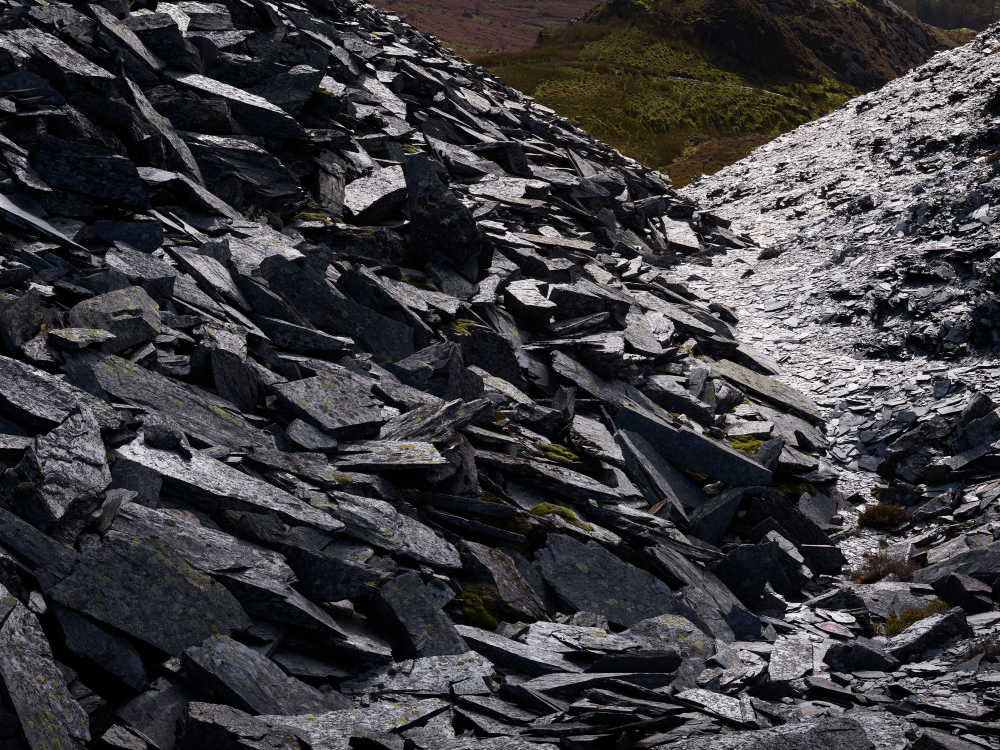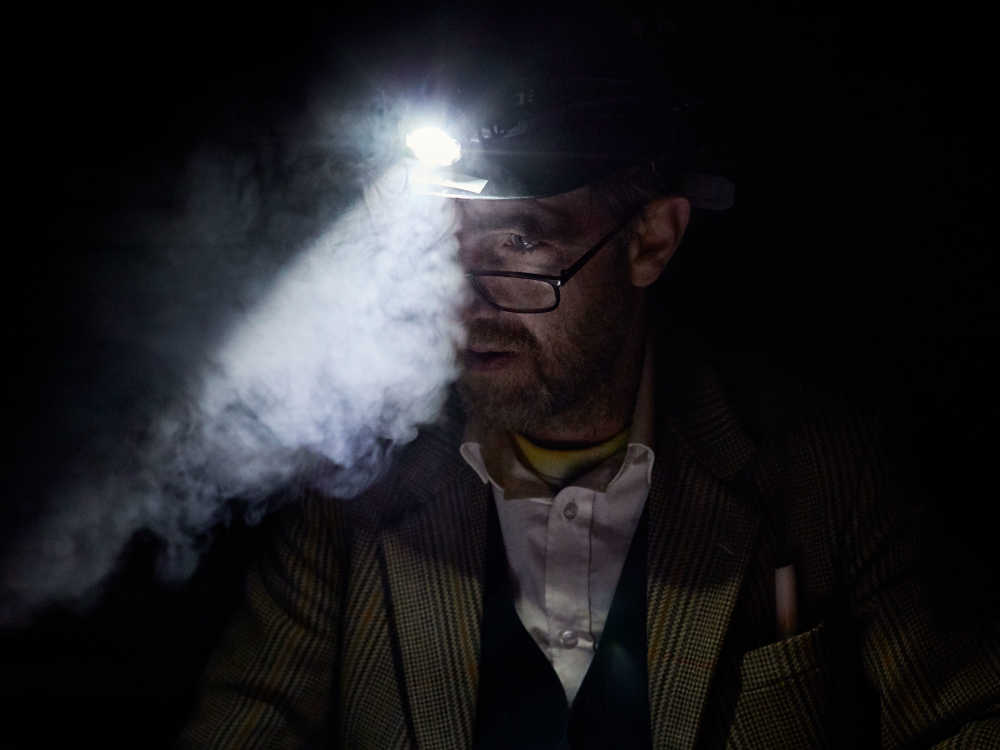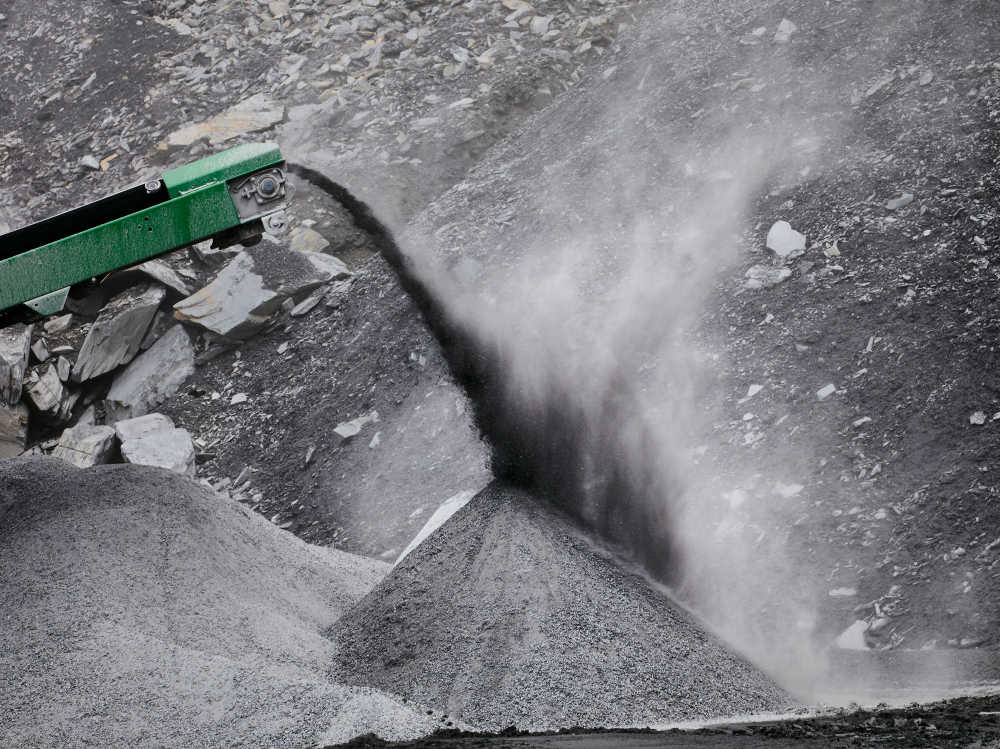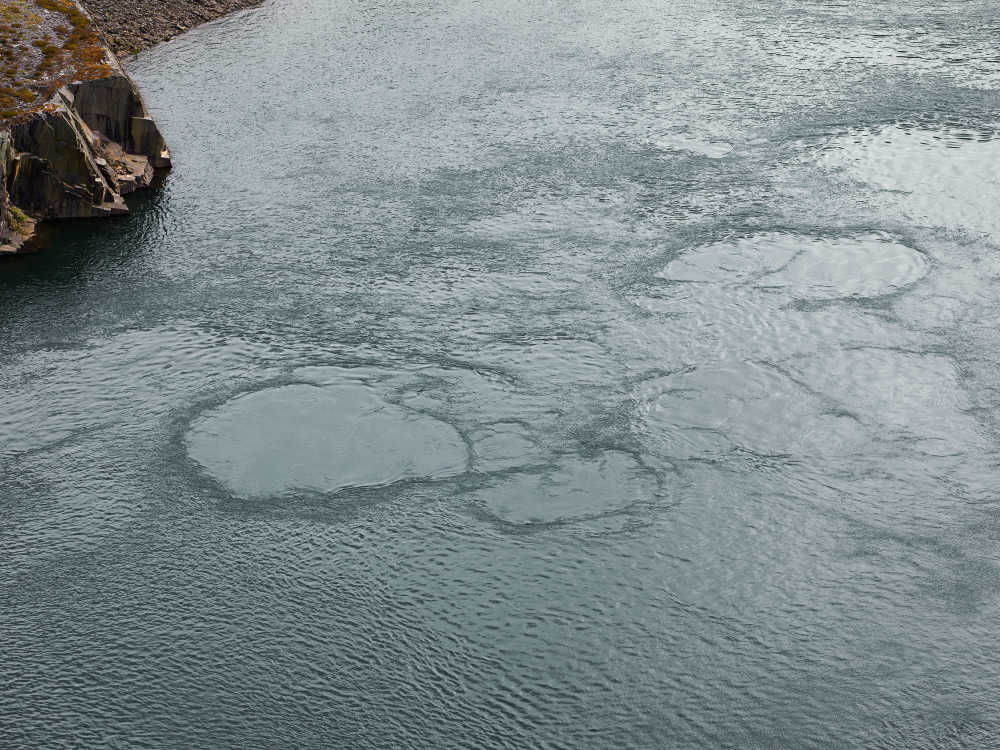(1 of 41)
Grey Gold
I first visited Blaenau Ffestiniog, a former slate quarrying town in Wales, for a commission in 2010, but I return once or twice every year to take more photographs. I am captivated by the poignant history of the people who lived and worked here. Slate was once regarded as valuable as gold and the growth of the industry was fuelled by the Industrial Revolution. Blaenau Ffestiniog saw mass slate production in the late nineteenth century, until the industry slowly declined over the world wars and was eventually abandoned. Today, many remnants of the area's industrial past remain, from deserted, hollowed-out quarries and heaps of grey slate waste, to the bitterness of the generations of people left behind. Whenever I visit, it's impossible not to imagine the vast numbers of men that spent their lives at this backbreaking work, and the way they were exploited and misused by their employers. Through my lens, I have recorded some of this tight-knit community's stories and its resilience in the face of hardships: the excavation lines carved into the quarry like a scar, castaway machinery, the town casually excluded from Snowdonia's "National Park" status on a crumpled map. Whenever I visit, I also come across little moments - a broken sideview mirror on a car or pond leaves stretching up to reach the surface of the water - that reflect the feelings of the people who still live there: brooding on the past and yet still hopeful for the future.
